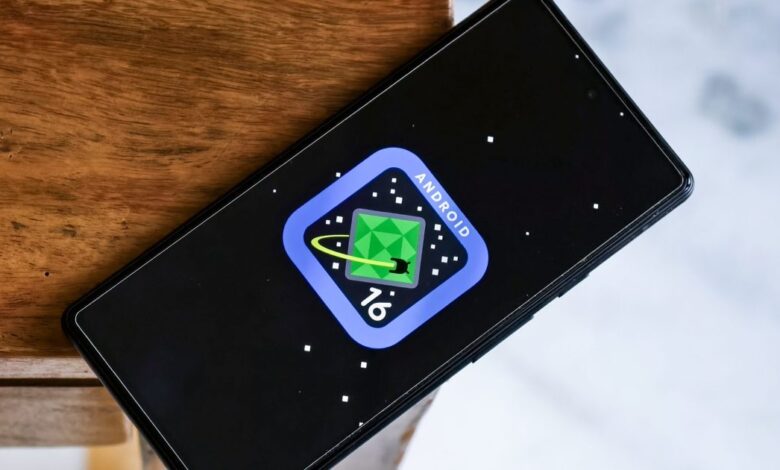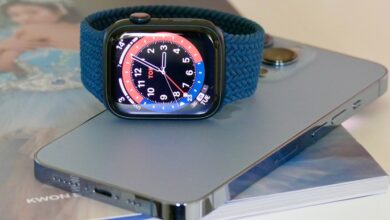Android Evolution: A Journey from 1.0 to 16 Since 2008!

Next week, Google I/O 2025 will be livestreamed, showcasing the anticipated launch of Android 16. This new version is expected to arrive before summer and introduce a variety of fresh features alongside some nostalgic elements from the past decade.
To build excitement for this event, let’s explore the history of Android. From its early days as a T-Mobile exclusive to its current status as an advanced AI-driven platform on devices like the Google Pixel 9 and Samsung galaxy S25, Android has substantially evolved since its inception in 2008. Here’s a detailed timeline highlighting key milestones in Android's journey.
Android 1.0
The first version of Android launched on September 23, 2008, with the T-Mobile G1 (also known as HTC Dream outside the U.S.). Early adopters experienced android 1.0 with essential Google apps such as Gmail,Maps,Calendar,and youtube integrated into the system. Users coudl organize apps into folders on their home screens and sync data using Google Sync.
Cupcake (Android 1.5)
In early 2009, Android introduced Cupcake (version 1.5), marking its first dessert-themed name that added a fun twist to branding. This update allowed users to add third-party widgets like music players or calendars directly onto their home screens and included Bluetooth stereo support for better audio experiences while enabling video uploads to YouTube.
Donut (Android 1.6)
On September 15, 2009, donut (version 1.6) continued with dessert names while enhancing functionality by introducing a universal search box for easier access to contacts and other content across various screen sizes and resolutions—an vital step towards broader device compatibility.
Eclair (Android 2.0)
The release of Eclair (version 2.0) came just six weeks later in late October; it was featured prominently on motorola Droid phones marketed against iPhones by Verizon due to Eclair's advanced features like voice-guided navigation and live wallpapers that enhanced user experience significantly.
Froyo (Android 2.2)
In May of2010 Froyo arrived with performance boosts alongside new features such as USB tethering capabilities for mobile hotspots—a game-changer at that time—and Adobe Flash support for web browsing which became less common later due to Apple’s stance against it.
Gingerbread (Android ()
the holiday season brought gingerbread (Version ()on December 6th; this update introduced NFC support along with an updated black-and-green UI design making navigation more intuitive than ever before while promoting festive themes through marketing campaigns featuring gingerbread mascots!





